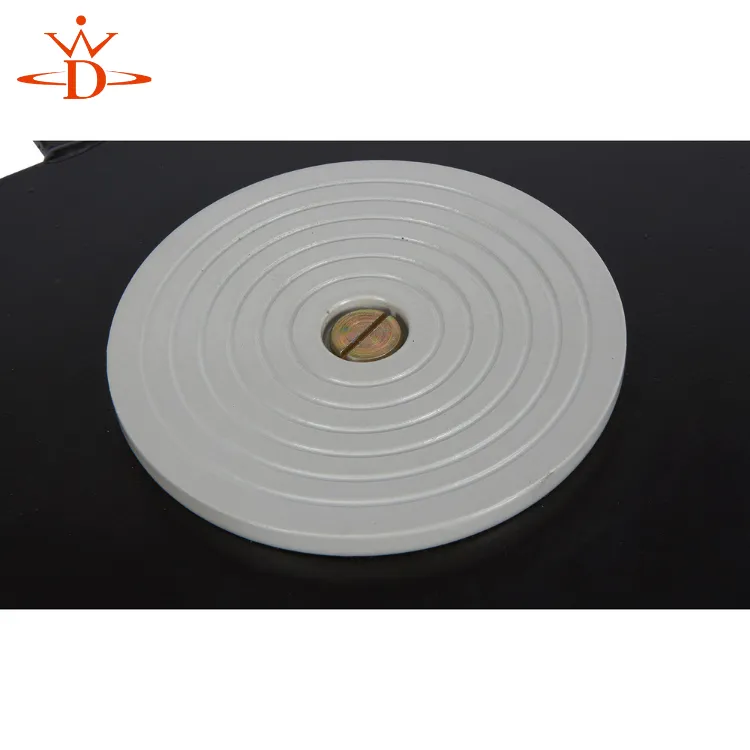heavy machinery moving skates
The Importance of Heavy Machinery Moving Skates in Industrial Operations
In various industrial sectors, the relocation of heavy machinery is a common yet critical task. Whether it's manufacturing, construction, or mining, the movement of substantial equipment can be both a complicated and hazardous endeavor. Heavy machinery moving skates have emerged as indispensable tools designed to facilitate this process, offering a combination of efficiency, safety, and versatility.
What Are Heavy Machinery Moving Skates?
Heavy machinery moving skates are specifically designed platforms equipped with wheels or rollers that enable workers to transport large and heavy items smoothly. These skates are typically constructed from high-strength materials to withstand significant loads, ensuring durability and reliability. Depending on the design, they can offer various weight capacities, accommodating everything from small machinery to colossal industrial equipment.
Key Features of Moving Skates
1. High Load Capacity The primary function of moving skates is to carry heavy machinery. They are engineered to support weights that can range from several tons to over a hundred tons, depending on the model. This ensures that even the heaviest of machinery can be moved with ease.
2. Mobility Equipped with robust wheels, moving skates allow for smooth transportation across various surfaces. Some models feature swivel wheels, which enhance maneuverability and facilitate turns in tight spaces, making them ideal for crowded industrial environments.
3. Stability Safety is paramount when moving heavy objects. Moving skates often come with features that enhance stability, such as non-slip surfaces and low centers of gravity. This reduces the risk of tipping over during transportation, which can lead to severe accidents and equipment damage.
4. Compatibility Many heavy machinery moving skates are designed with universal fit in mind, allowing them to be used with different types of machinery. This versatility is crucial for businesses that work with a diverse range of equipment.
heavy machinery moving skates

5. Ease of Use Most skates are designed to be user-friendly, allowing operators to set up and maneuver them easily without requiring extensive training or specialized skills. This simplicity enhances productivity, as workers can focus on the task at hand rather than grappling with complicated machinery.
Benefits of Using Moving Skates
1. Increased Efficiency The use of heavy machinery moving skates significantly reduces the time and labor required to relocate equipment. Instead of relying on cranes or forklifts that can be cumbersome, skates streamline the process, allowing for quicker adjustments and setups.
2. Cost-Effectiveness While purchasing moving skates requires an initial investment, the long-term savings can be substantial. The reduction in labor costs, coupled with decreased downtime for equipment, can contribute positively to a company’s bottom line.
3. Enhanced Safety The ergonomic design of moving skates helps minimize the risk of injuries to workers. By providing a safer method for moving heavy machinery, organizations can protect their workforce, reducing the chances of accidents and associated costs.
4. Versatile Applications Heavy machinery moving skates can be used in various settings, from factories and warehouses to construction sites and shipyards. Their adaptability makes them valuable assets in any operation involving heavy equipment.
Conclusion
In conclusion, heavy machinery moving skates play a crucial role in modern industrial operations. Their ability to facilitate the safe and efficient movement of heavy machinery not only enhances productivity but also ensures worker safety. As industries continue to evolve, the demand for such innovative solutions is likely to rise, highlighting the importance of investing in quality moving skates. Whether for routine maintenance, equipment relocation, or setup for new projects, moving skates offer unparalleled assistance in handling heavy loads, making them essential tools in the world of heavy machinery. Investing in these devices is undoubtedly a step towards improved operational efficiency and workplace safety.
-
Unlock Seamless Relocation with Our Heavy Equipment Moving ExpertiseNewsJun.06,2025
-
Unleash Unrivaled Flexibility with Our Adjustable Gantry CraneNewsJun.06,2025
-
Unleash Heavy-Duty Efficiency with Our Industrial Gantry Crane SolutionsNewsJun.06,2025
-
Revolutionize Steel Handling with Our Magnetic Lifter RangeNewsJun.06,2025
-
Master Equipment Mobility with Premium Machinery Mover SolutionsNewsJun.06,2025
-
Elevate Your Material Handling with Magnetic Lifter TechnologyNewsJun.06,2025
-
YS Permanent Lifting Magnets: The Smarter Way to Handle SteelNewsMay.22,2025
